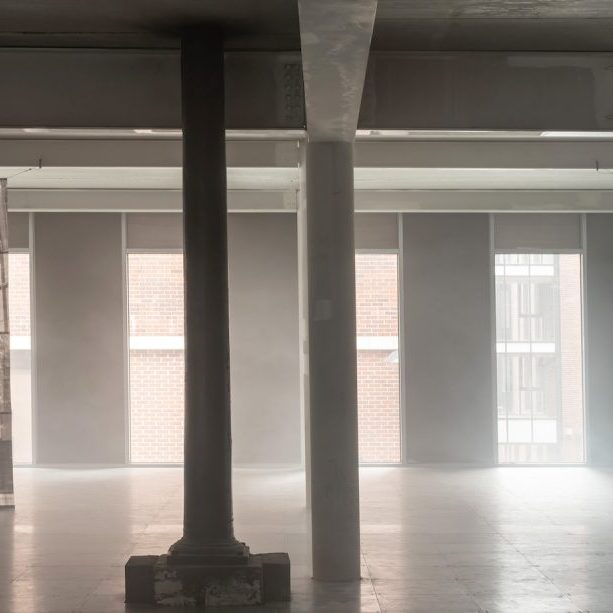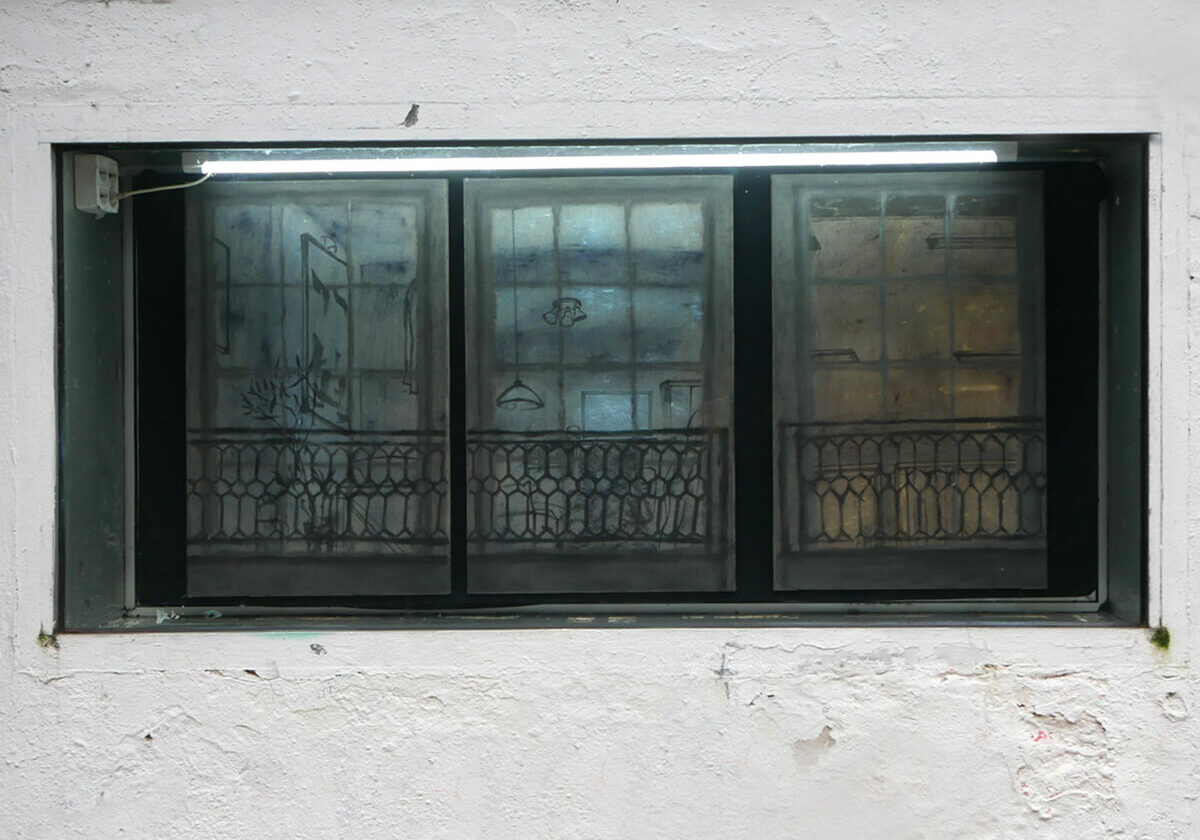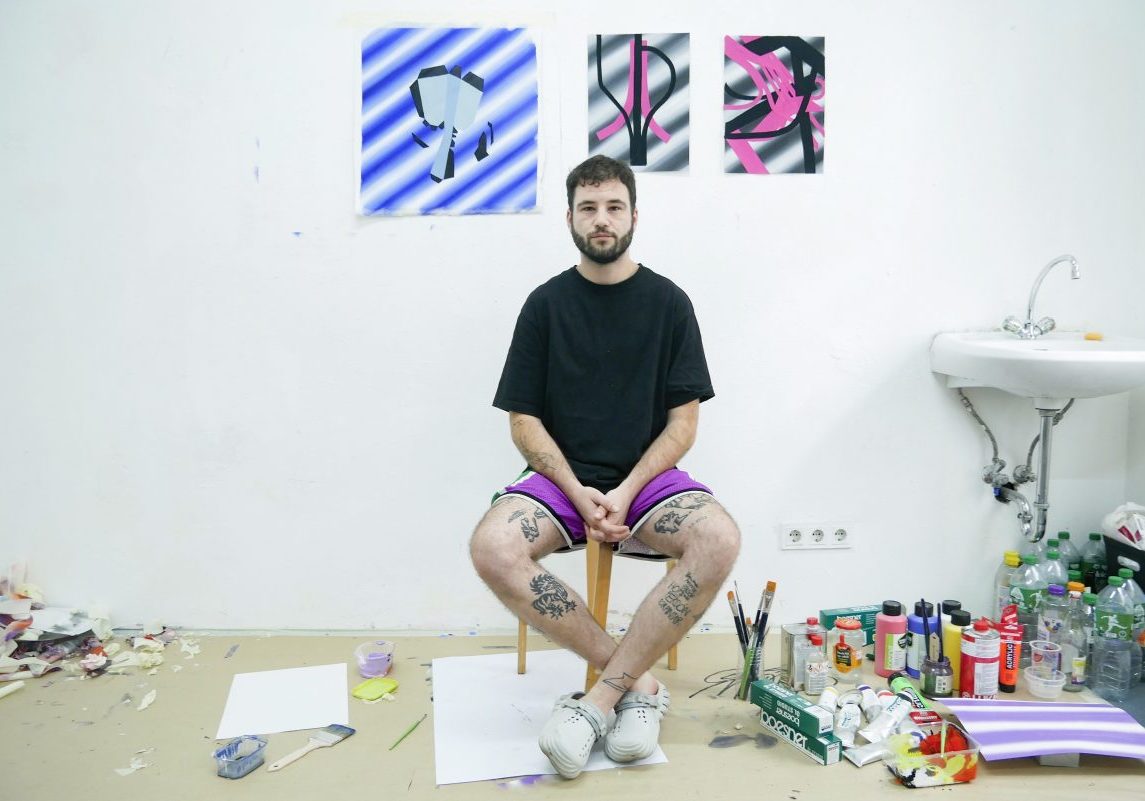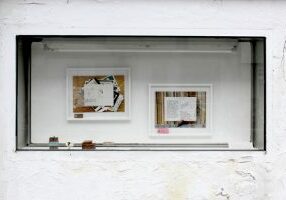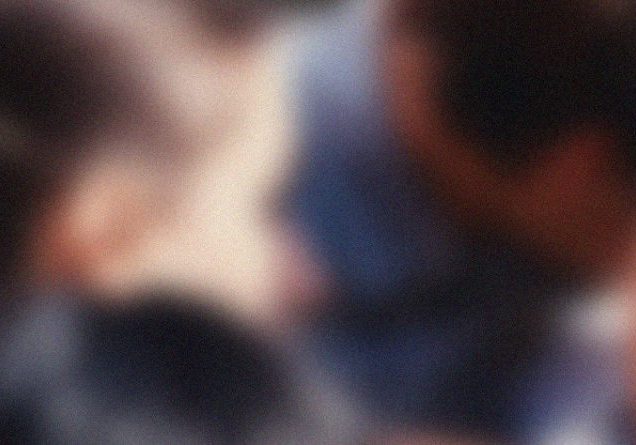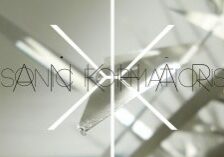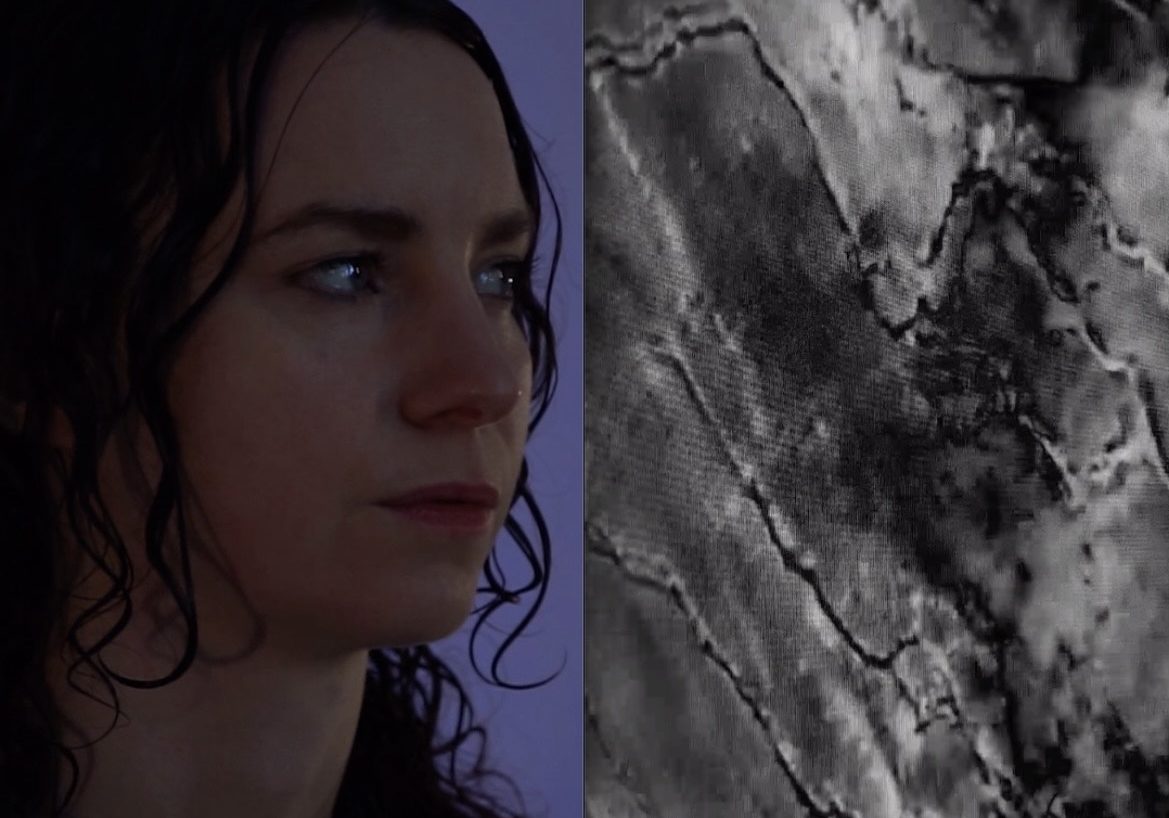Meet the Artist // Kate McElroy
Kate’s work highlights the unsustainable space between constant need for growth and the incipient sense of destruction of the natural environment and our human experience. Her practice interplays photography, moving image and sound elements, found materials, and spoken word performance in correlated, dynamic installations.
She is interested in how environments are created and the prominent forces and ideologies that shape it. At this current precipice, we are in the need of new critical and imaginative spaces, to examine how we perceive and act within the world. For her time at GlogauAIR she will create installations where structures get dismantled, and restructured, creating a new interstitial area of contemplation for the viewer.
Can you give us an introduction about yourself and your background?
I originally studied Ceramics as my degree and subsequently a year of art education teacher training. For a few years, I worked between exhibition making, teaching, working in galleries, and travelling. It was when I did a master’s in Art and Process, MTU Crawford Cork, in 2021 that I really found my area and niche. There was a lot more focus on the process of making and research, and exploring different media. Even when I was in ceramics, my favourite part was the research, the process of actually working, and testing things out with different materials. I always felt a little confined when it came to having the end product be limited to just one material, like clay. I’m much more instinctive and like the concept to dictate the material. I work across a range of mediums that combine and relate in a dynamic constellation. Even for my degree show in ceramics, I did a performance video piece as well, I’ve always enjoyed expressing related ideas through different means and having them link together.
During the master’s, it was COVID time, so we were actually out of college for a good part of it. But it allowed for even more time to delve into research and that explorative aspect of the course, and I really thrived in that. I also did a residency at Uillinn: West Cork Art Centre, which was the first of a string of residencies I did, and they were really formative. I also worked there as the Public Engagement Artist, working with people in residence, exploring the exhibitions, and doing tours. This influenced me because I was able to see firsthand how art affected people. I worked a lot with children, observing how they naturally explored and grasped metaphorical thinking and big concepts, sometimes more easily than adults. That solidified my desire to work in art.
The master’s was also where I met the three other artists who are in the collective, inter_site, with me. Since then, we’ve put on six exhibitions in Cork, three international shows, and created a publication. Working together with friends has been super supportive and expansive, and that brings us up to this point.
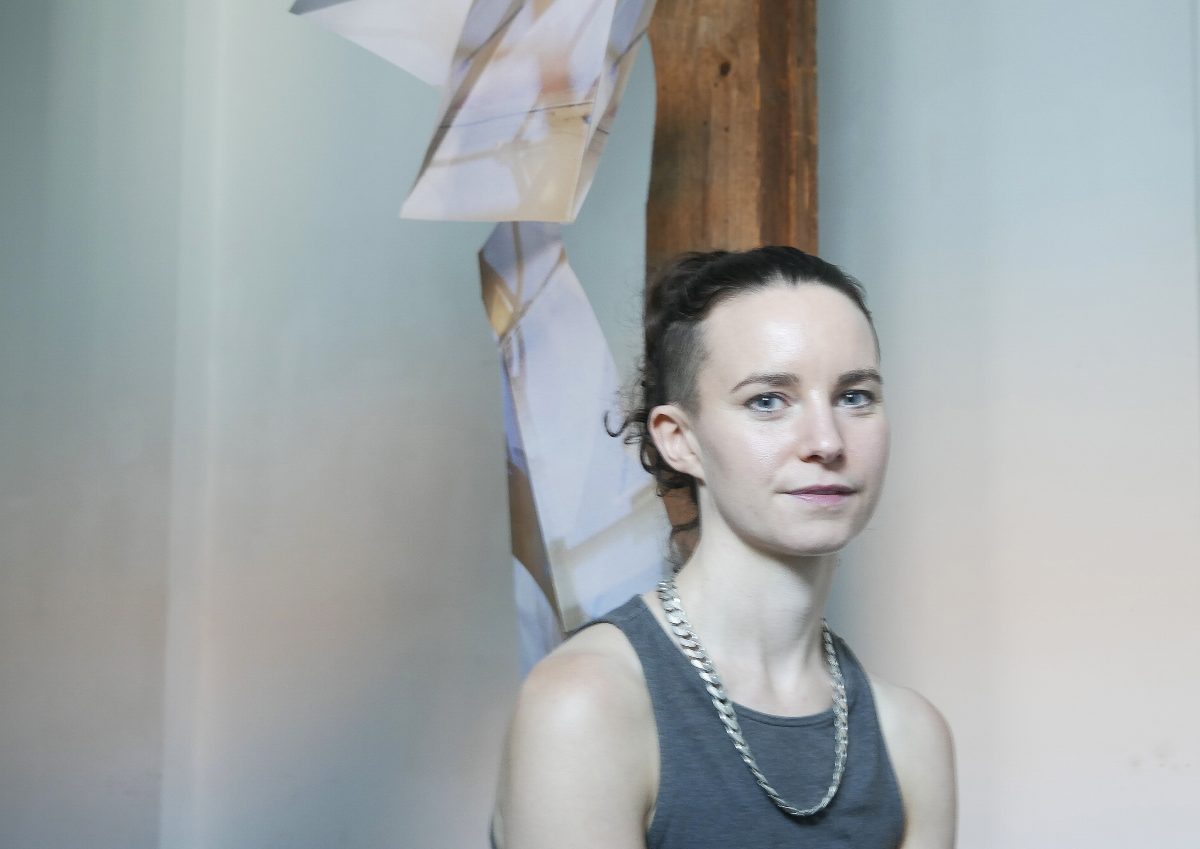
You talked a lot about the materials and that you use very specific things like tracing paper and glass. How do you integrate that into your practice?
A lot of my themes deal with change and the process of transformation, and this idea that things are constantly in flux. Something like glass really echoes that feeling. Glass isn’t actually a complete solid; it’s an amorphous solid, which is in between solid and liquid. You also have these beautiful qualities with glass—the surface, the reflections, and what’s behind it—so you get multiple dimensions when looking at it. Within one material, it offers almost a kaleidoscopic or multiple ways of viewing.
The precarity of glass adds another layer to the work. Although there’s this sense of the process of change and a type of gradual motion, there’s always this precariousness, the sense that at any moment things could break or fall. It creates this feeling that we’re on the precipice of something, and glass adds this element of danger as well.
Tracing paper works in a similar way. If you print on it, you see both sides, and it has this nice ephemerality. How these materials interact with light is also important—they transform light, create reflections, and cause things to bounce. This creates a situation where things are in flux.
What are some artists who have greatly influenced your practice?
I saw the artist Nikolaus Gansterer three times—once in Belfast, once in Berlin, and once in Austria. He was quite influential for me because he’s very process-based and uses lots of different materials like found objects, video, and drawing. It’s almost like he externalizes his thinking process, which I found really interesting. This was around the time I was studying Art in Process, so I became fascinated by the idea of how to make a way of thinking visual.
Last year, I saw Allora and Calzadilla, a duo, in Porto. Their approach to making resonated with me—they are super well-researched, focusing on themes like environment, climate, and media. They do it in a beautiful way, with an ephemeral, time based sensibility to everything.
The Irish art scene also inspires me, particularly my peers in the collective and people working in Ireland. It’s quite a supportive community, and the way interesting projects get funded allows for a lot of good artwork to be made, especially at the moment.
Books are probably one of my biggest influences. Reading and trying to weave and consolidate ideas from different sources with my own thinking is a key influence to how I externalise an idea, and it’s what motivates and excites me. It’s like the process of making helps me externalise and grasp what I am thinking about. At the moment, I’m reading quite a lot of science fiction and speculative fiction, as well as political theory and philosophy, and how their ideas intersect is interesting to me.
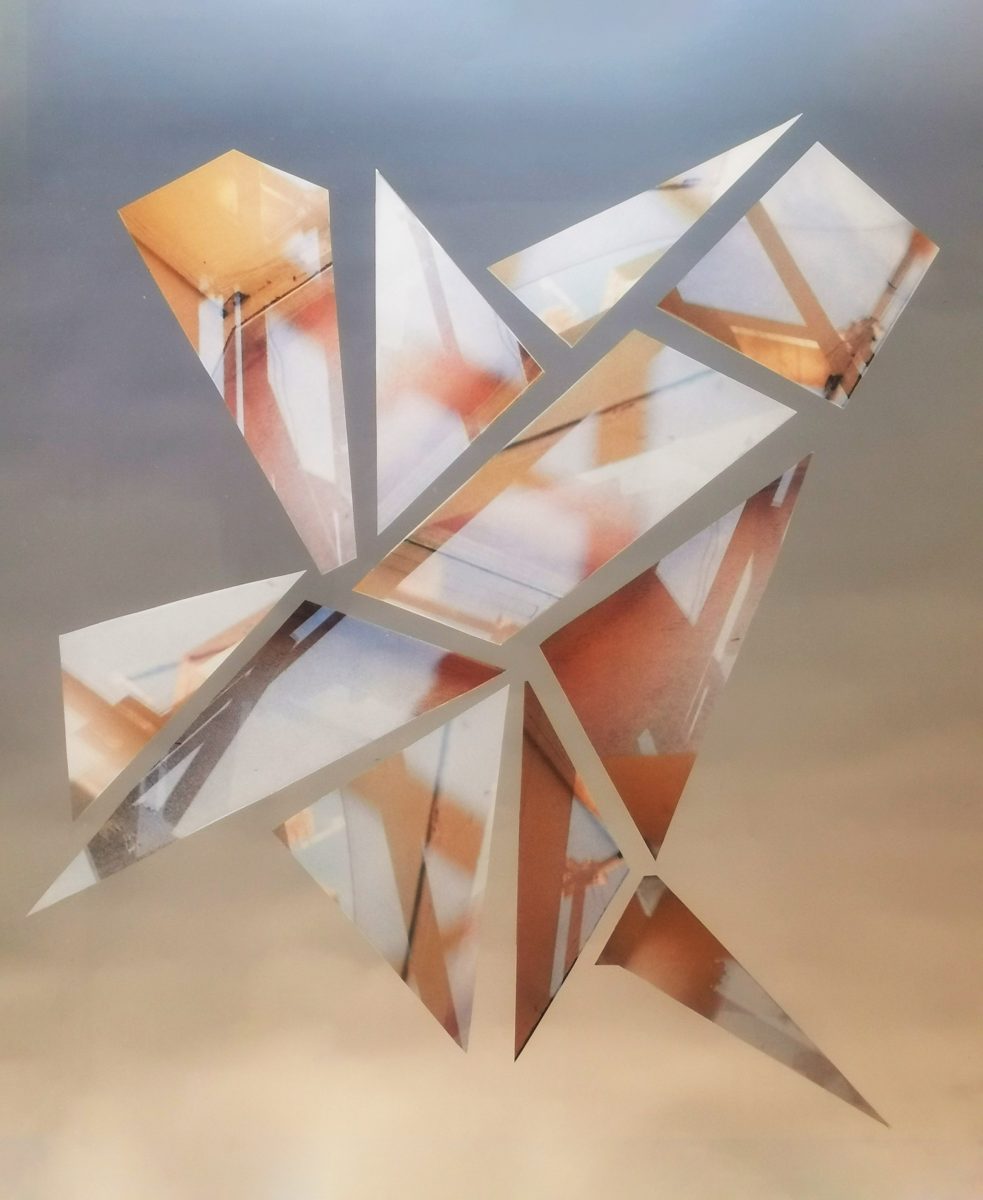
What’s your relationship with the art market, and what do you think about it?
I honestly don’t think about it that much. The way the funding program works in Ireland is that you come up with an idea, do a funding application, and hope it gets funded. I don’t really try to market or sell my work that much, so it’s not a big priority for me at the moment. The art market is also a lot smaller in Ireland, so perhaps that’s partly due to location as well.
How are you liking GlogauAIR as a resident?
I love it. I really like doing residencies and being immersed in the space. I enjoy living in the studio and the fact that you’re constantly confronted with your work. I also really enjoy living with other artists, the back and forth, and getting to see other people’s practices as well.
What do you feel about Berlin, and how is it influencing your practice?
I’ve been to Berlin a few times, and I’m really drawn to the energy here. I find it interesting to be exposed to different ways of living and how the city is set up, with a society structured slightly differently from Ireland. That has been influential for me.
There’s also a sense of freedom that comes with the city, and even normal things like the cycle lanes, the parks, and clubs being open all night—these subtle differences from Ireland make a big impact on how people live. I find that really interesting.
What are your plans after this residency?
I have an exhibition with inter_site in November, so that’s going to be the main focus when I get back. Then, we have a show at the Lab Gallery in Dublin in March, curated by Clara McSweeney. That’s what I have lined up for the next few months. After that, I hope to do more residencies and exhibitions in Ireland as well as abroad. Who knows, maybe I’ll set up a residency program myself one day.

